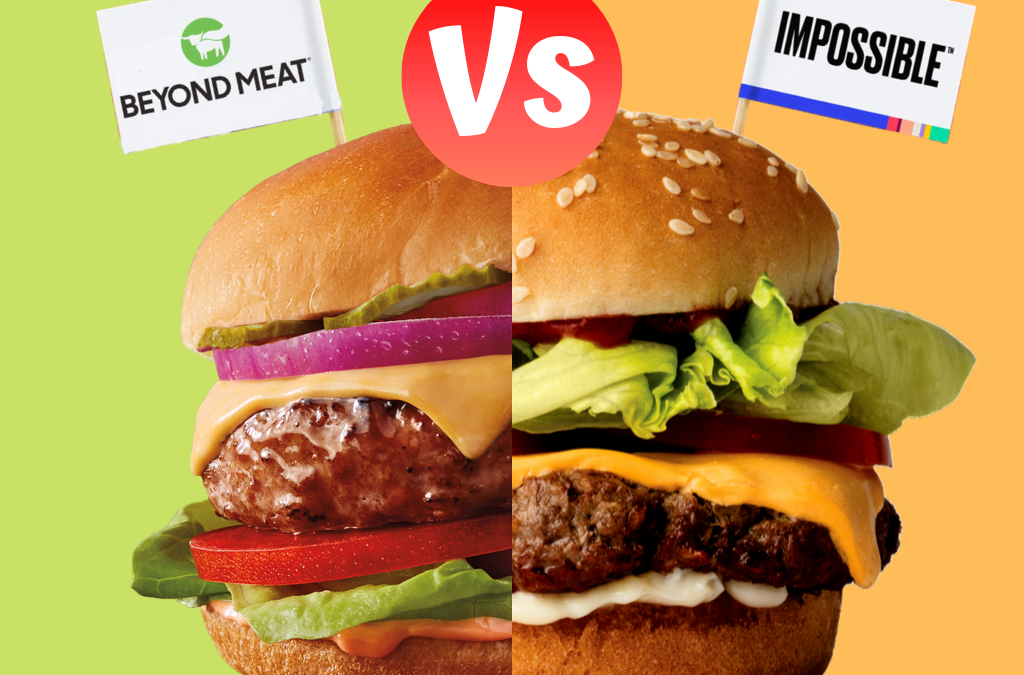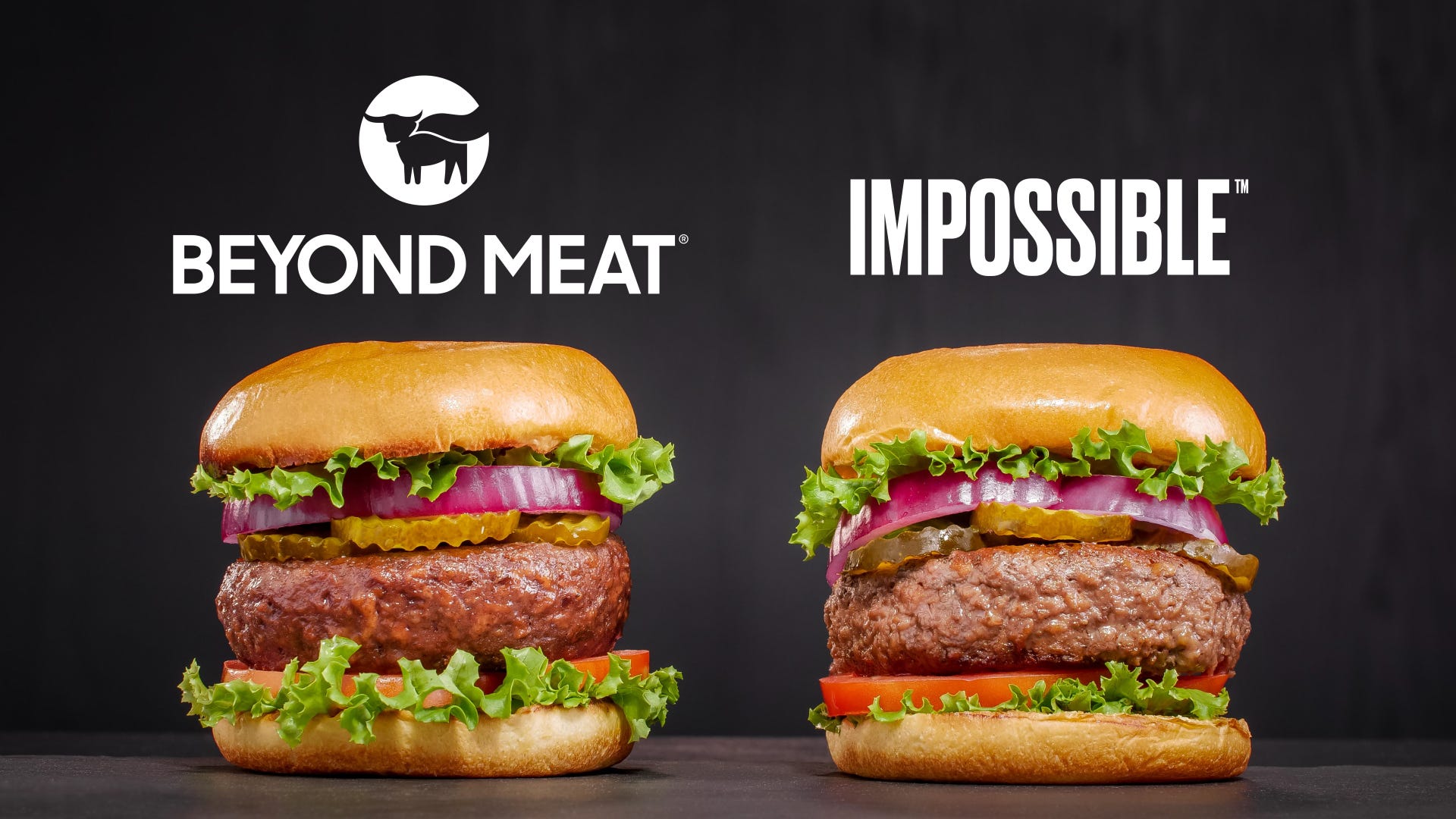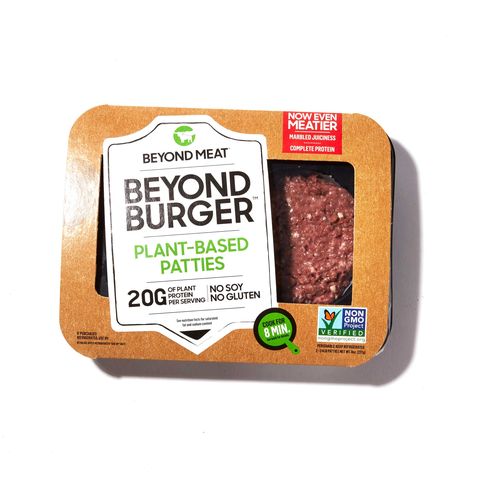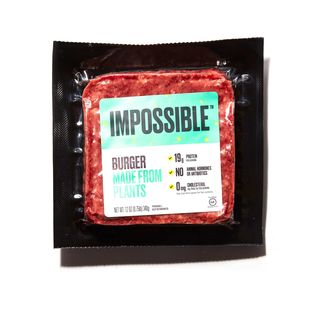Here’s how these new plant-based proteins stack up.
Sage Canaday, a long-distance runner for Hoka One One and plant-based athlete, eats meat alternatives about once a week. He finds them more accessible on the road than other plant-based foods such as tofu or tempeh. “When I’m traveling and eat out at restaurants, or even fast food, these are always great options for me,” he says.
These new plant-based protein options, like the Impossible Burger and Beyond Meat, have made it easier for vegetarian runners to eat on the go. You can’t miss the Burger King commercials showing off how people can’t believe the “Impossible Whopper” isn’t made from meat. McDonald’s has been testing a Beyond Meat burger in Canadian markets, and KFC is experimenting with Beyond fried chicken, which sold out in less than five hours at one Atlanta location. While faux meats are easier than ever to find right now, it does leave you wondering: Are plants that are manipulated into fake burgers, chicken, and shrimp even nutritious? That question is up for debate.
What we do know is what’s in them and what they taste like. If you were to compare an Impossible Burger and a beef burger side-by-side, chances are you wouldn’t be able to tell the difference just by looking at or even tasting them.







Recent Comments